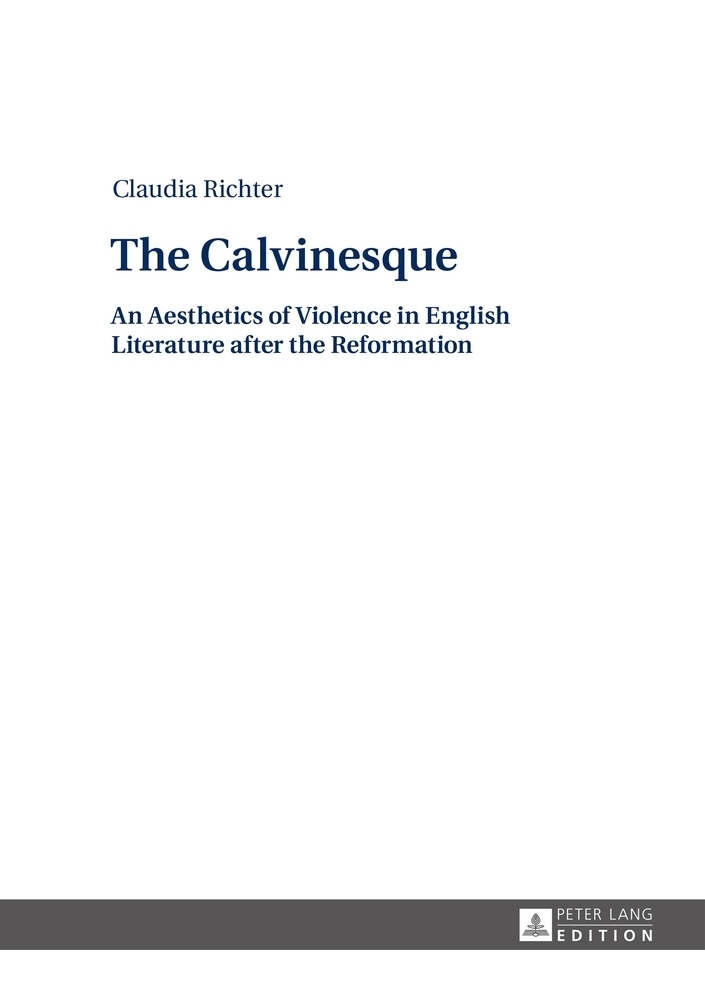
Zustellung: Do, 05.06. - Di, 10.06.
Versand in 1-2 Wochen
VersandkostenfreiBestellen & in Filiale abholen:
This study deals with the aesthetic manifestations of one of the world's most fiercely iconophobic and anti-aesthetic religious cultures: Calvinism. It establishes the category of the Calvinesque as an aesthetic of extreme violence against the human body. In close readings of theological documents, literary texts and dramatic speeches, the book examines the extent to which language, literary imagination and theology permeate and condition each other. The book aims at providing new perspectives on literary stylistics after the religious turn in the humanities. By emphasising the pervasive impact of Protestant theology on secular Western culture and by radically questioning some of the narratives that have been crucial to Western (Protestant) identity, this study opens up historical perspectives to contemporary debates about the impact of Calvinism on political discourses, violent entertainment, disciplinary culture and an Anglo-American humanitarian «pornography of pain».
Inhaltsverzeichnis
Contents: Iconoclasm, Calvin, and Word-painting - Anti-Theatricality and the Imagination of Violence - Protestant Martyrdom - «The Calvinesque»: Literary and Dramatic Language - Psalm Translation after the Reformation - Calvinism, Elizabethan and Jacobean Drama - The Rhetoric of Prophecy - The Iconography of God's Punishment: «Braining» - Calvinism and Histories of Violence in Europe: Karen Halttunen, Philip Gorski, Charles Taylor, Michel Foucault, Norbert Elias.
Jetzt reinlesen: Inhaltsverzeichnis(pdf)Produktdetails
Erscheinungsdatum
13. August 2014
Sprache
englisch
Seitenanzahl
176
Autor/Autorin
Claudia Richter, Cl. Richter
Verlag/Hersteller
Produktart
gebunden
Gewicht
350 g
Größe (L/B/H)
16/148/210 mm
ISBN
9783631643310
Entdecken Sie mehr
Bewertungen
0 Bewertungen
Es wurden noch keine Bewertungen abgegeben. Schreiben Sie die erste Bewertung zu "The Calvinesque" und helfen Sie damit anderen bei der Kaufentscheidung.









